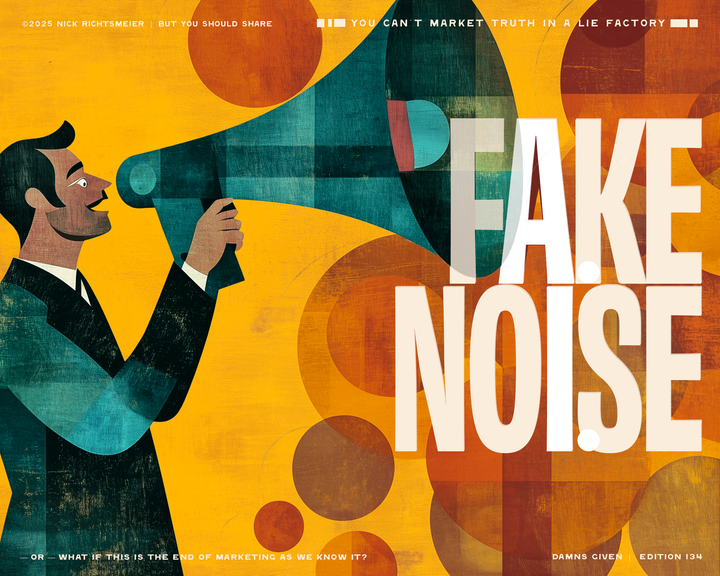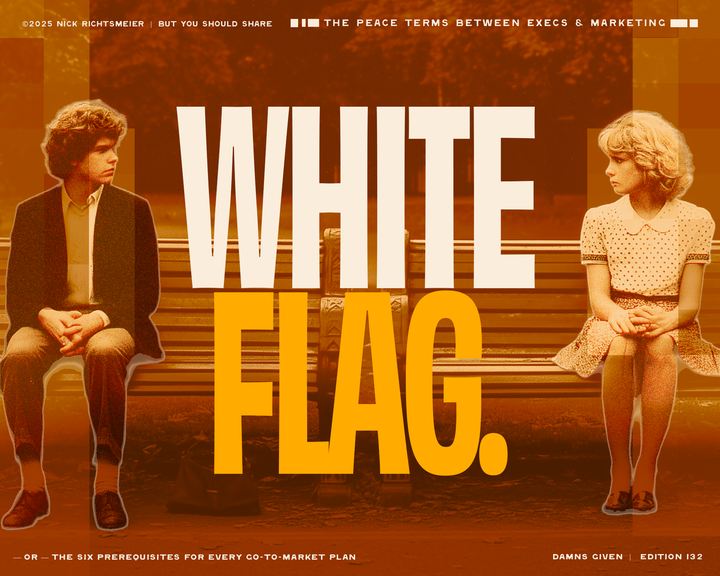They decide with their eyes first
Trust-dependent ventures must think like designers. From visual layouts to client experiences, from lobby layouts to website UX, it’s imperative to your trust-based growth that you bring a design mind to the party. Featuring Guest Contributor Laura Sorensen

One of the goals of CultureCraft Editions is to bring more voices to you. Voices, in particular, who are experts in their field on understanding trust, and how their particular work contributes to it. Today, I’m excited to introduce to you Laura Sorensen from Atelier LKS, a design studio we’ve used with many of our clients.
Let’s be honest that most organizations don’t come running to graphic design when they think about trust. But this is a mistake. While we’re not here to advocate for $200k logos, the simple fact is, humans decide with their eyes first. Before they read that blog or that advisor bio, before they even walk into your office, they’ve made decisions about you, many of them driven by what they see. While they (like all humans) may collect data along the way, that data will be cherry-picked to reinforce what they already believe. If people are designed to make instinctual decisions (and they are) then we need to design our ventures to for creatures of instinct.
Trust-dependent ventures must think like designers. From visual layouts to client experiences, from lobby layouts to website UX, it’s imperative to your trust-based growth that you bring a design mind to the party. Laura is such a mind.
Below is a highlight of her most recent thinking around "Designing for Trust" I know you’re going to love it.
Designing for Trust
If you’re not taking any marketing risks, you are likely not making many gains. If you’re taking too many marketing risks, it may all come tumbling down. Good marketing balances the line between consistent messages and on-brand visuals with the courage to move forward and try new things. Because if you’re not moving forward, you’re stagnating.
The safe way to experiment with your organization's marketing is when you have nailed down the following four pillars of designing for trust.
What’s designing for trust, you say?
So glad you asked.
Designing for trust involves a true commitment to being honest with customers about what you offer and how you can help them. You’re seeking the best match in the marketplace - not every match. And what happens when you embrace this approach to business? You can win in the marketplace, not just show up.
Think of these four pillars as insulation from failure - and a strong indicator of success.
Pillar 1 - PERSPECTIVE
Every business has a variety of stakeholders, those people and businesses whose support is essential to your success, even if they are not directly purchasing from you. Understanding the different ways you “talk” to each of your stakeholder groups is the first pillar of designing for trust. I broke down the communication styles to make it easy for you. Do any of the following sound familiar to you?
Core communication is what shows up at the top of your homepage, your LinkedIn page, and on your business card. It’s likely the first “touch” a prospective customer experiences with your business. At this stage, your approach to communication is fairly general.
Target communication is direct communication to your target markets. More specific to their needs, vision, and your solution.
Potential partner or buyer communication is how you communicate with someone who might become your business partner or who might acquire your business. You’re not marketing a particular product or service but your whole company.
Product communication is specific to a particular product or service your business offers. There may be some overlap with your target stakeholder communication.
Your design and your messaging must be one language in multiple dialects. Each of the different arenas you show up in—like the above—must be carefully designed for their audiences, while still maintaining a central design and voice that is uniquely yours.
If your communication is too general? You can’t be trusted. You’re just a copycat of the vague average of your competitors.
Too hyper-unique design? You’ll distract from the message and leave people wondering: who are these guys anyway?
Pillar 2 - GUTS
You may have a product that is designed exceptionally well, and that looks snazzy, but your marketing doesn’t contain the guts of what it needs to connect with your target market powerfully. By guts, I mean the answers to their deeper questions and crystal-clear messaging that speaks to their pain. Discovering “the guts” comes from doing your homework so you can bring laser precision to your marketing.
If, on the other hand, your communication to your target market is focused on why you’re so cool, or is heavy on the latest award you’ve scored, you’re missing a crucial opportunity.
Messaging that expresses understanding and empathy with your ideal customers’ frustration and the position they are struggling with builds trust with your prospects. Because then they know you get them. It also puts your business in the ideal position to offer a solution to those problems.
Are you taking the time to ensure those important topics are adequately addressed? If not, your marketing may land like well-designed blather. This goes to visuals as well. Nobody likes a generic PowerPoint chart. How you visually express related ideas in custom ways communicates the amount of effort you’re going to expend for your client.

Take this example from the CultureCraft Growth Check I worked on, it helps communicate complex things in visually interesting ways, showing clearly the amount of wisdom and truth CultureCraft has trapped in those little charts.
Pillar 3 - SPECIALIZED SKILLS
If your business operates in a highly competitive industry, you don’t need me to tell you the person who’s crafting your marketing strategies should not be the same person who’s creating designs. Marketers are not visual designers. (Nick here: this is an important point so I asked Laura to say it twice.) Marketers are not visual designers. At your level, your offering needs specific and specialized talent. Someone who can translate the strategy into effective design and powerful concepts. A visual-based person whose specialty is taking strategic concepts and making them come to life with colors and shapes. Teamed with a strategic campaign thinker and strong messaging, you have the resources you need to break through the common noise that gets louder by the day.
Pillar 4 - FORESIGHT
You know where your business is headed. Don’t you? Monitoring economic and industry-specific trends is essential not just for the stability and success of your own business, but for building trusted client relationships.
Forecasting allows you to step away from reactivity and saves time by reducing surprises. Plus when you arrive at the initial meeting with a forecast, you demonstrate to potential clients that you know what’s coming down the pike and can help them capitalize on opportunities. The message your prospective clients receive is that you’re thinking about and planning for their future in a meaningful way because you’ve got a map of that future you’re guiding them by. Foresight is a natural outcome of design thinking.
Designing for Trust Takeaways:
- If you’re not designing for trust, you're stagnating.
- Follow our four pillars of designing for trust to minimize your business risk and maximize wins.
- Find a visual design partner you can trust to take care of your business's future. I happen to know a terrific one. 😉
Want to contribute to CultureCraft Editions? Drop us an email with your idea.



